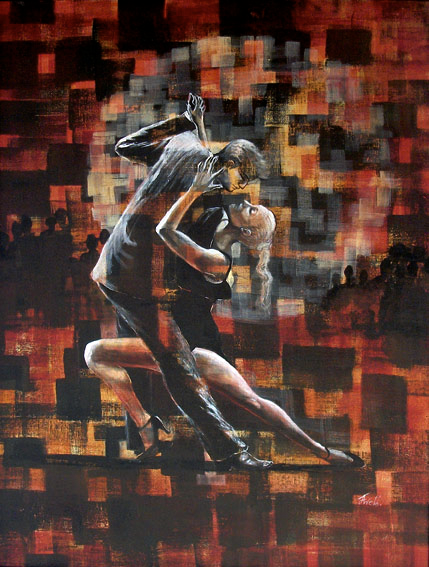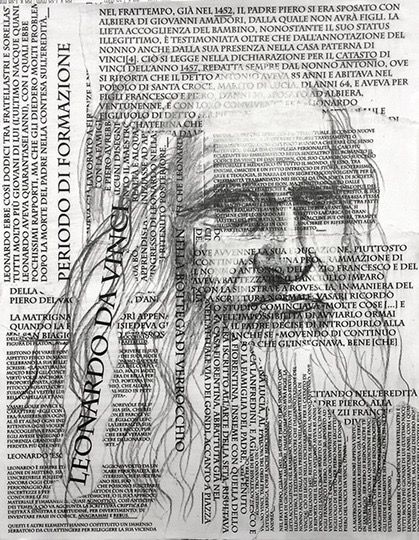Book a FREE Online Art Consultation
Subscribe -Join our Members list for updates, offers & articles
🎁 Get help with your special Christmas Gifts - book a free art consultation (above) 💝
| Figure paintings belong to one of the most enduring genres in art, spanning from prehistoric cave depictions to contemporary explorations of the human form. At its core, the practice centres on capturing the body—not only as an object of visual study but also as a vessel of identity, movement, and expression. Artists have long been fascinated with the figure because it embodies both universality and individuality: it is familiar to all yet infinitely variable in form, gesture, and emotion. From Renaissance masters like Michelangelo and Leonardo da Vinci, who studied cadavers to perfect their understanding of musculature, to modern realists, figure painting continues to challenge artists to refine their skills and translate three-dimensional life onto a two-dimensional surface. One of the primary motivations for artists in creating figure paintings is the pursuit of technical mastery. Rendering the human body with accuracy requires close observation of anatomy, proportion, and movement, making it an essential training ground for painters throughout history. From Renaissance masters like Michelangelo and Leonardo da Vinci, who studied cadavers to perfect their understanding of musculature, to modern realists, figure painting continues to challenge artists to refine their skills and translate three-dimensional life onto a two-dimensional surface. |
 |
|
 |
Beyond technique, figure paintings often serve as a means of storytelling and symbolism. The human figure has been used to embody mythological narratives, religious devotion, and political allegory. In these works, the body becomes a metaphor for broader cultural or philosophical ideas. For example, classical nudes symbolized ideals of beauty and virtue, while figures in Baroque painting conveyed drama, power, and divine revelation. Even in contemporary art, figures may carry social commentary, highlighting issues of gender, race, and identity. Emotional resonance is another powerful reason why artists return to the figure. Unlike abstract forms or landscapes, the human body naturally elicits empathy and recognition. Artists can capture vulnerability, strength, sensuality, or isolation through the posture, gesture, and expression of their subjects. This capacity to connect deeply with viewers makes figure painting a vehicle for personal expression, where the artist translates not only the appearance of the body but also the inner life of the subject—or even their own. Finally, figure painting can also be motivated by experimentation and reinterpretation. Many modern and contemporary artists deliberately distort, fragment, or abstract the figure to question traditional ideals of representation. In doing so, they explore the limits of perception and challenge the viewer’s assumptions about beauty, form, and meaning. Whether through cubist deconstruction, expressionist exaggeration, or digital manipulation, the human figure remains a dynamic site for innovation. Thus, figure painting persists not just as a historical tradition, but as a constantly evolving dialogue between body, identity, and artistic imagination. |
Book a FREE Online Art Consultation
Subscribe -Join our Members list for updates, offers & articles
🎁 Get help with your special Christmas Gifts - book a free art consultation (above) 💝
